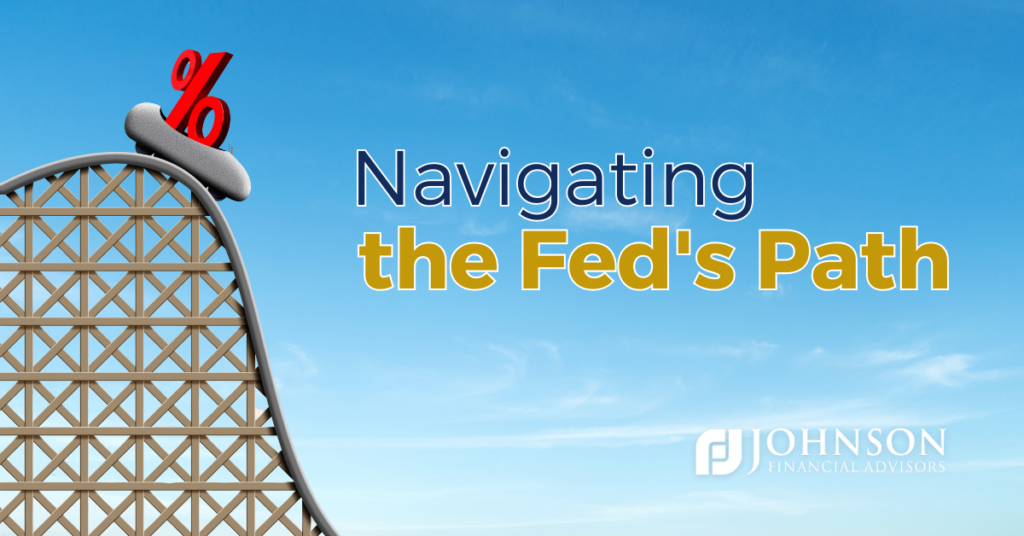Advisory Services offered through Johnson Financial Advisors (JFA), a Registered Investment Advisor. Securities offered through Osaic Wealth, Inc., member FINRA/SIPC. JFA and Osaic Wealth, Inc. are unaffiliated.
This communication is strictly intended for individuals residing in the state(s) of AR, AZ, CA, CO, FL, IA, ID, IL, KS, KY, NC, NE, NH, NJ, NM, NV, NY, OK, OR, PA, SC, TX, UT, VA, WI. No offers may be made or accepted from any resident outside the specific states referenced.
Check the background of this firm on FINRA's BrokerCheck.

